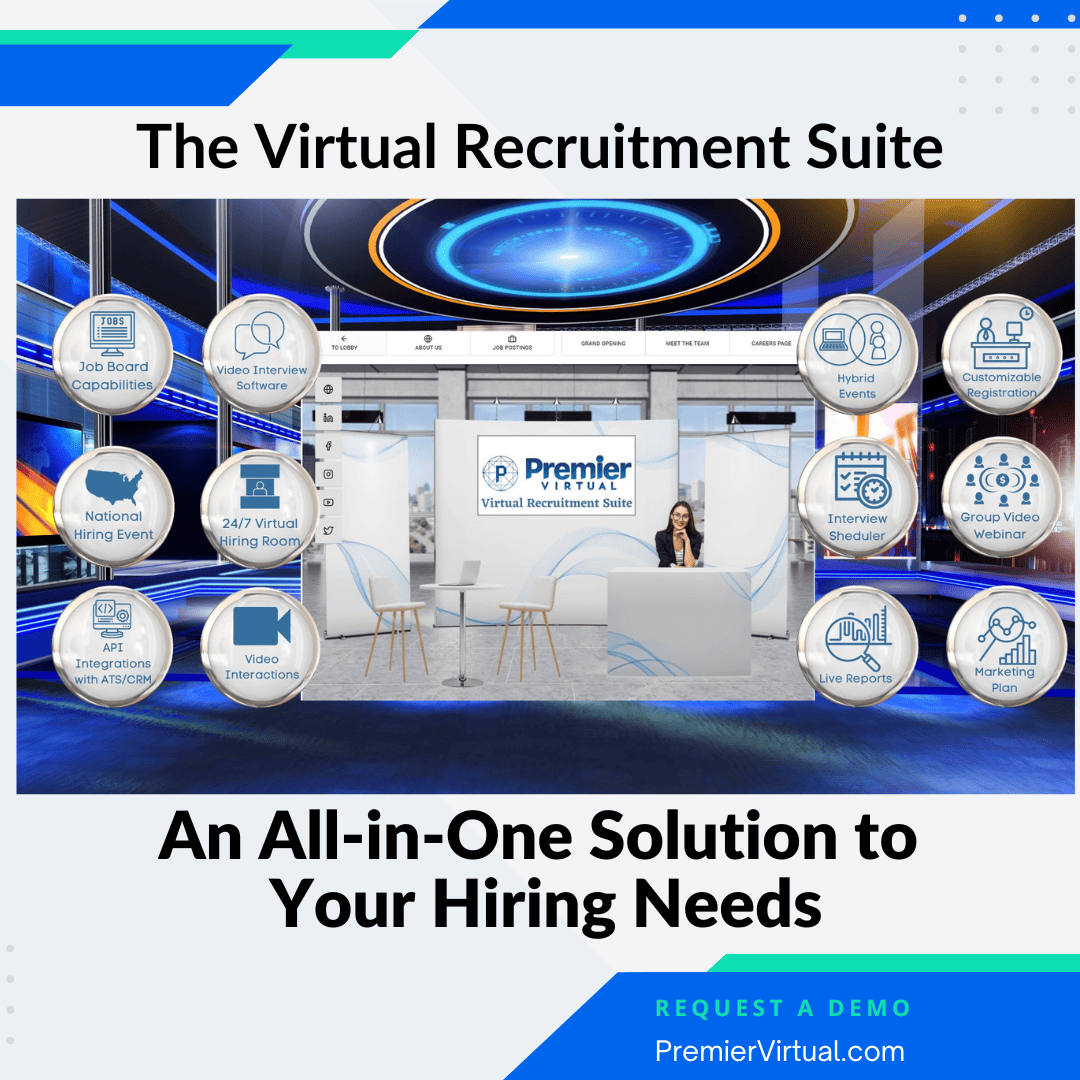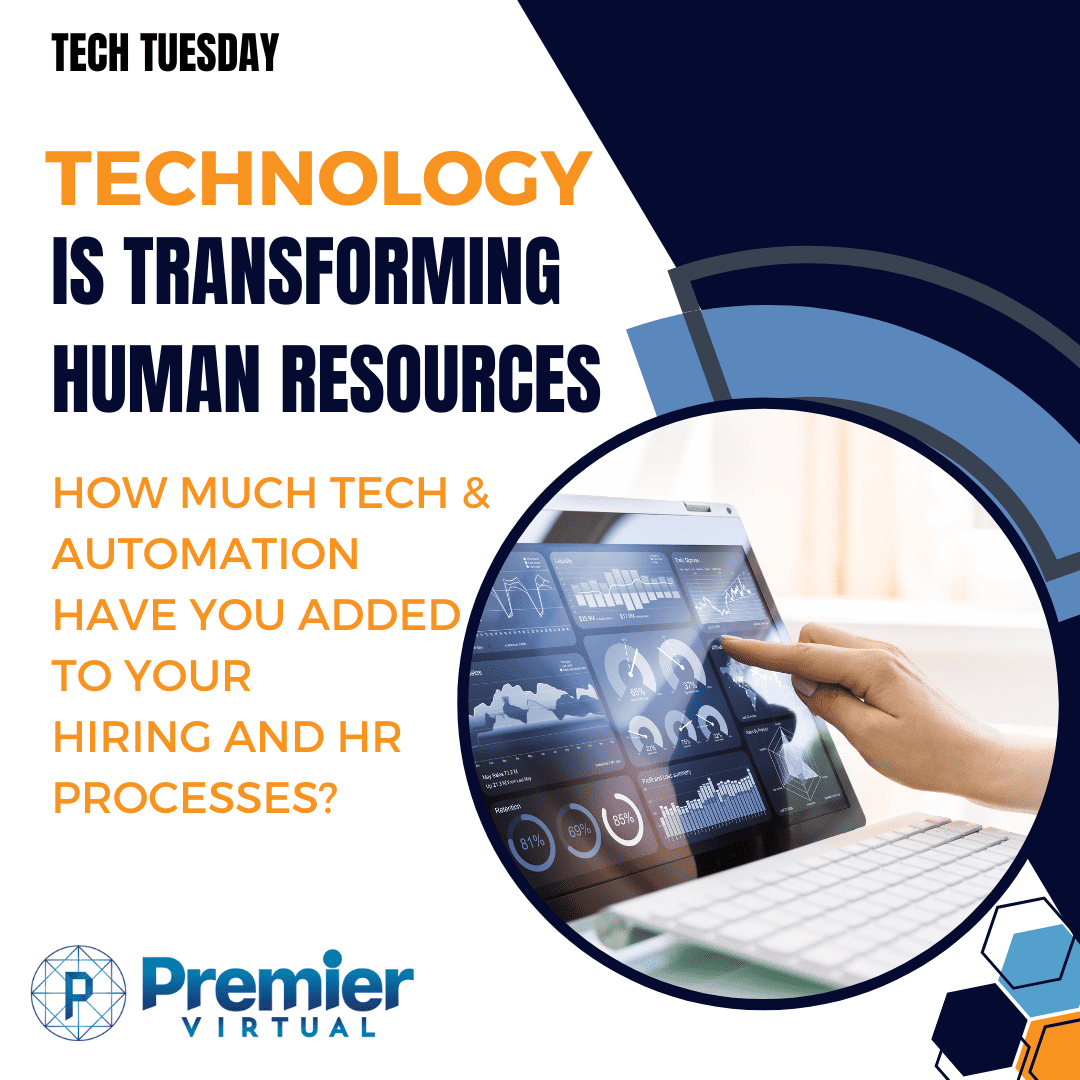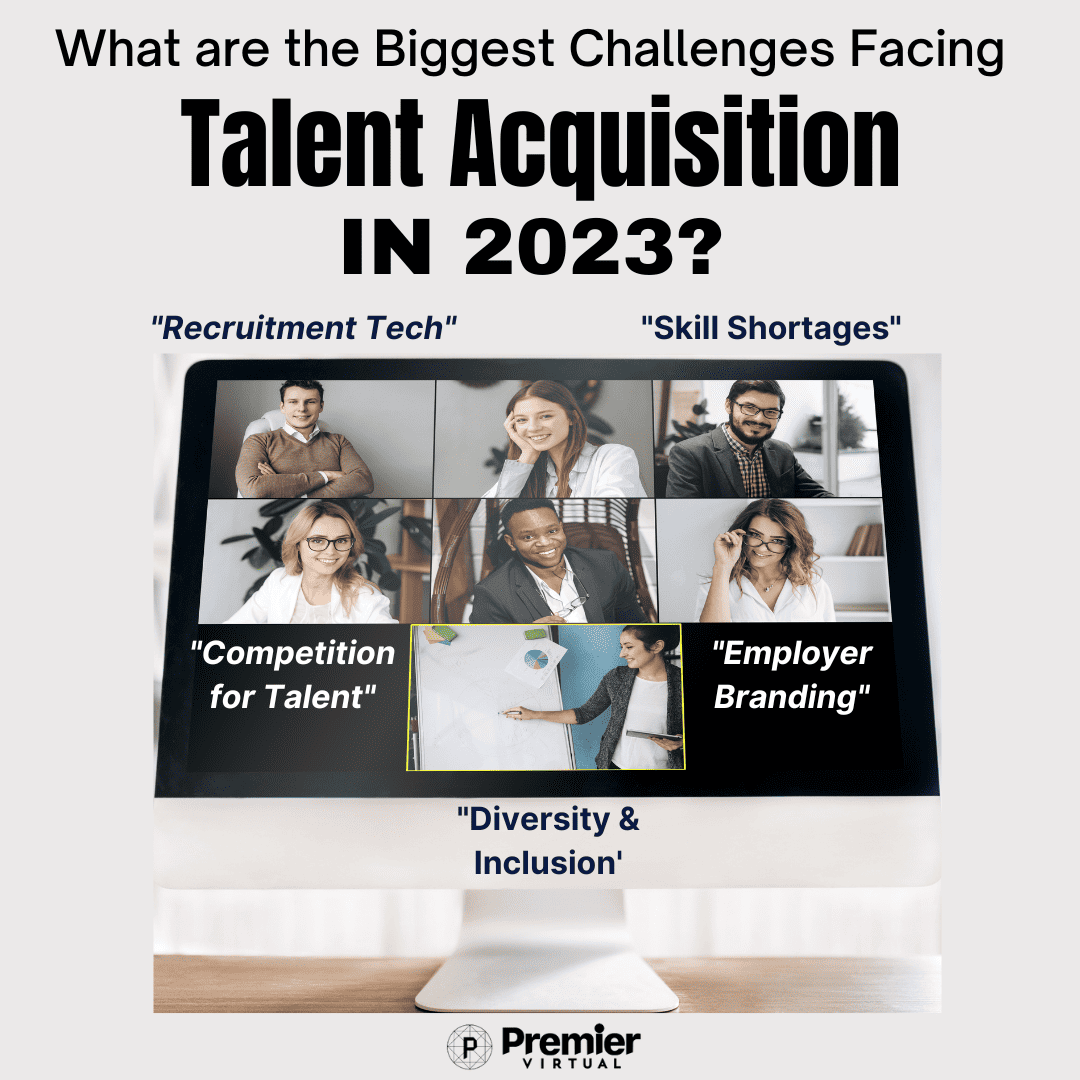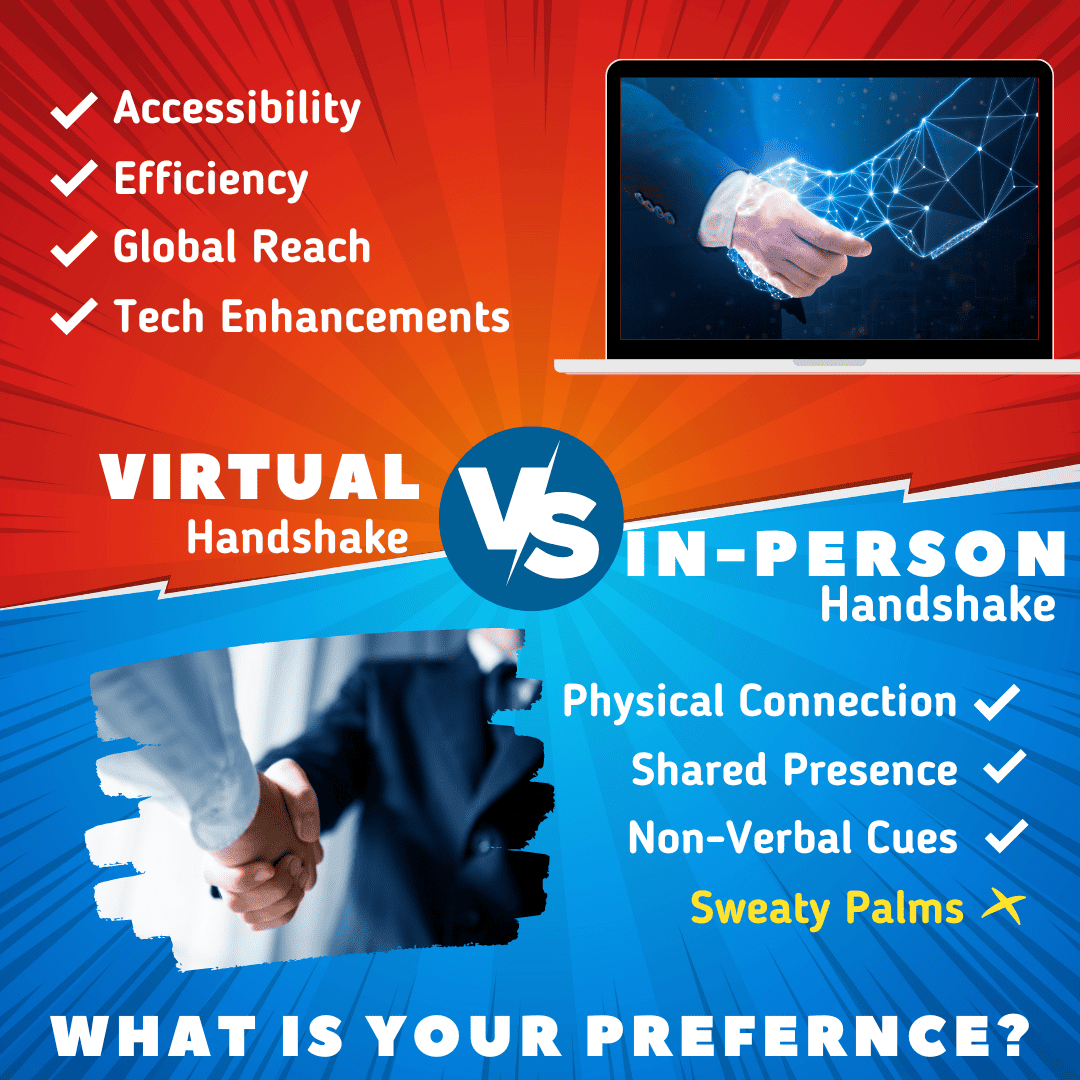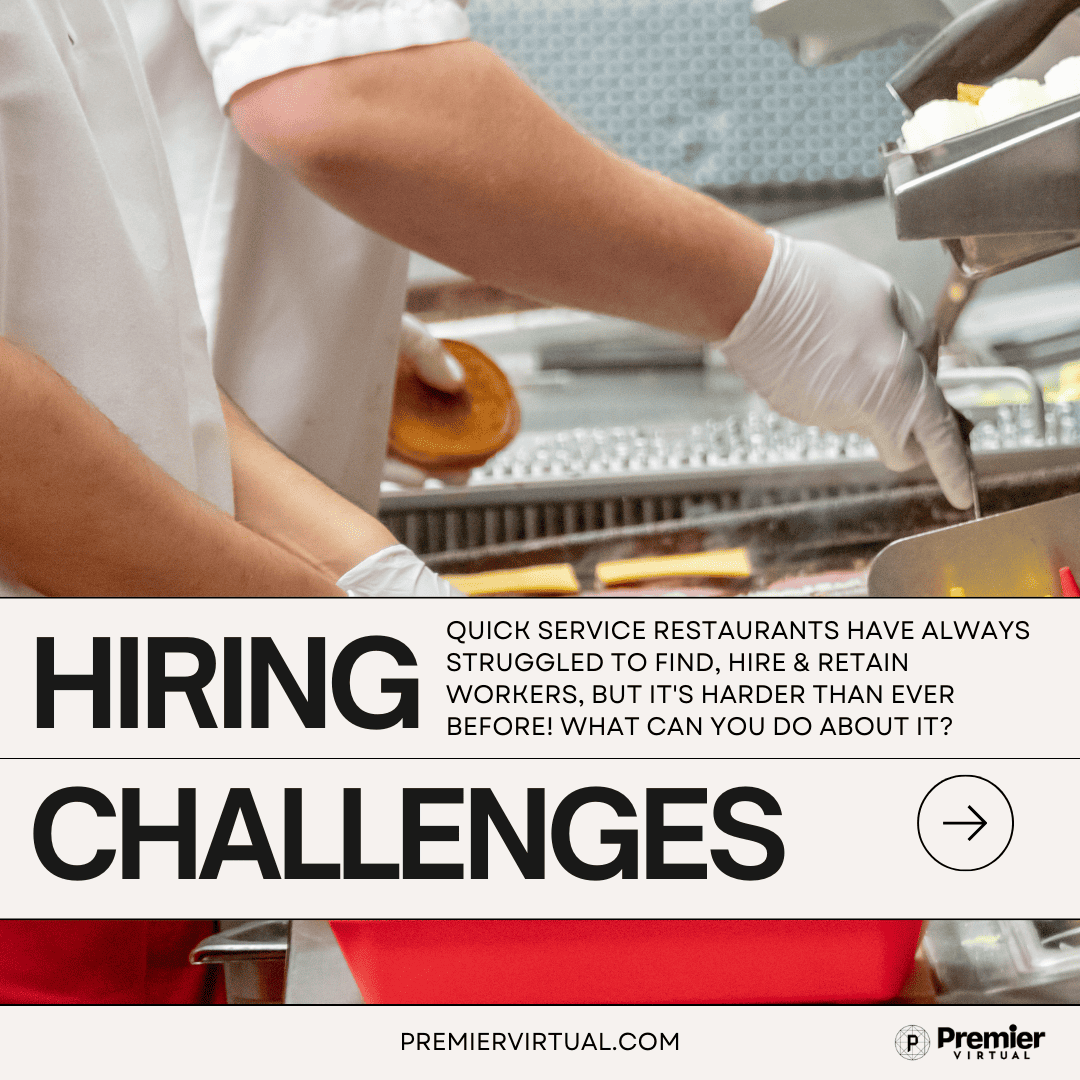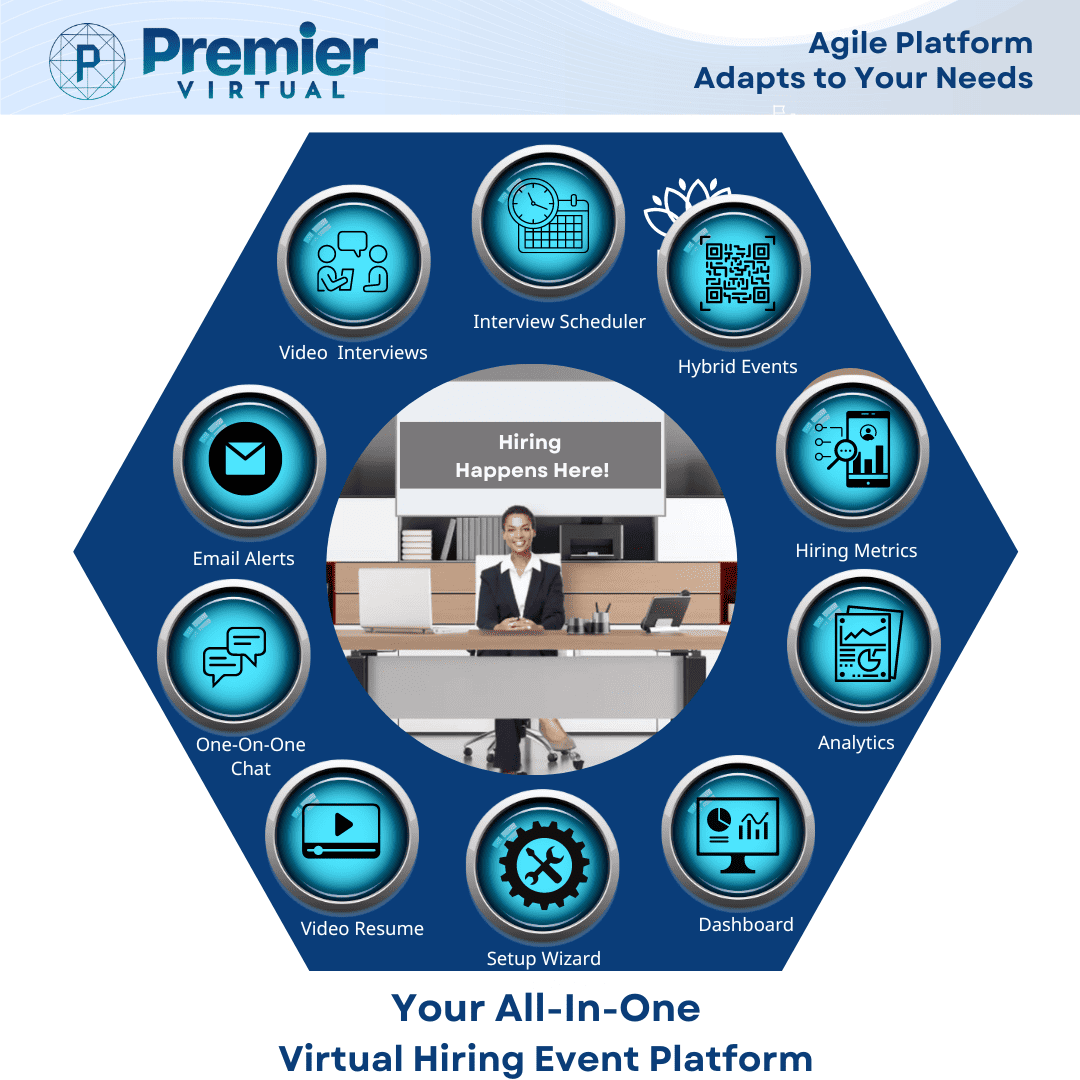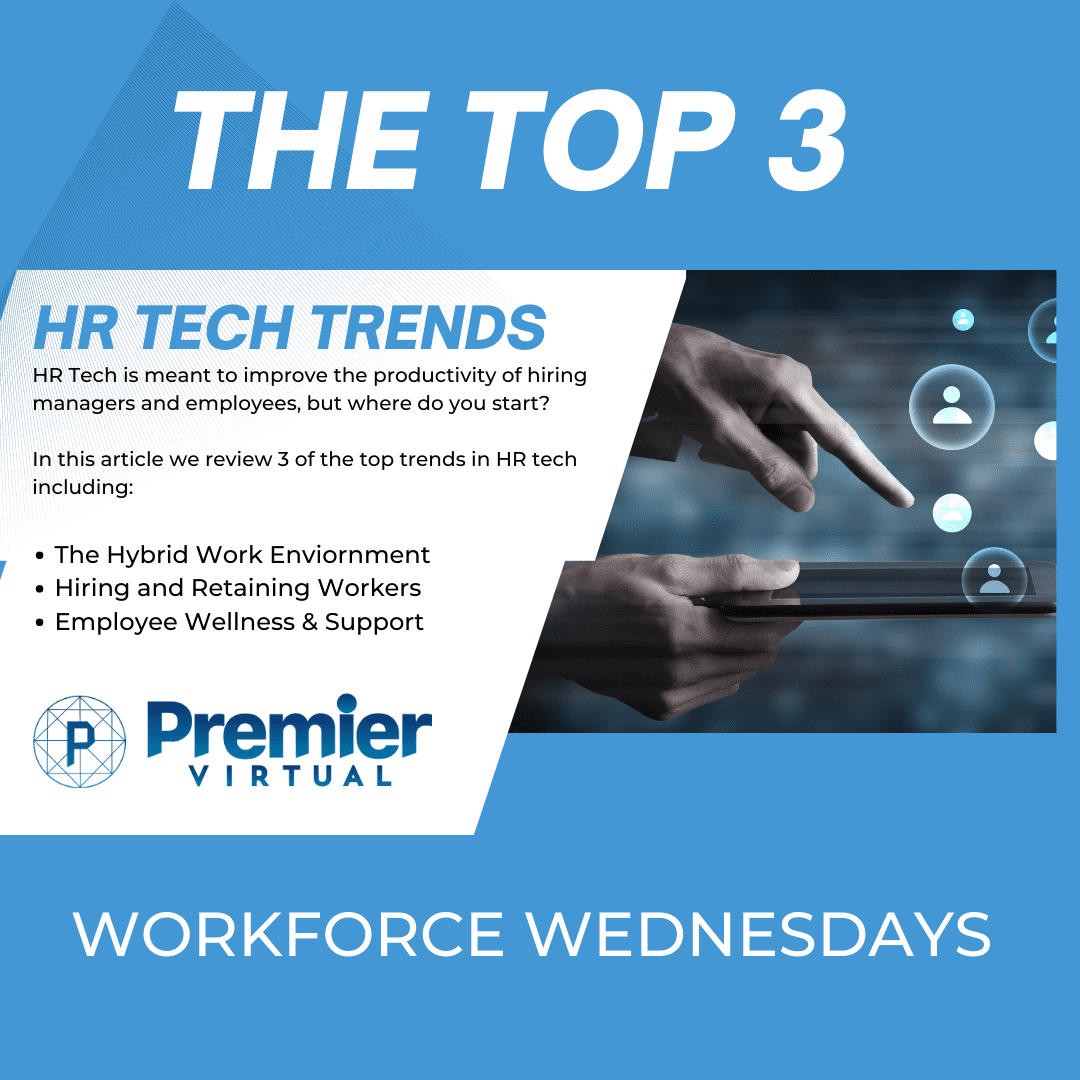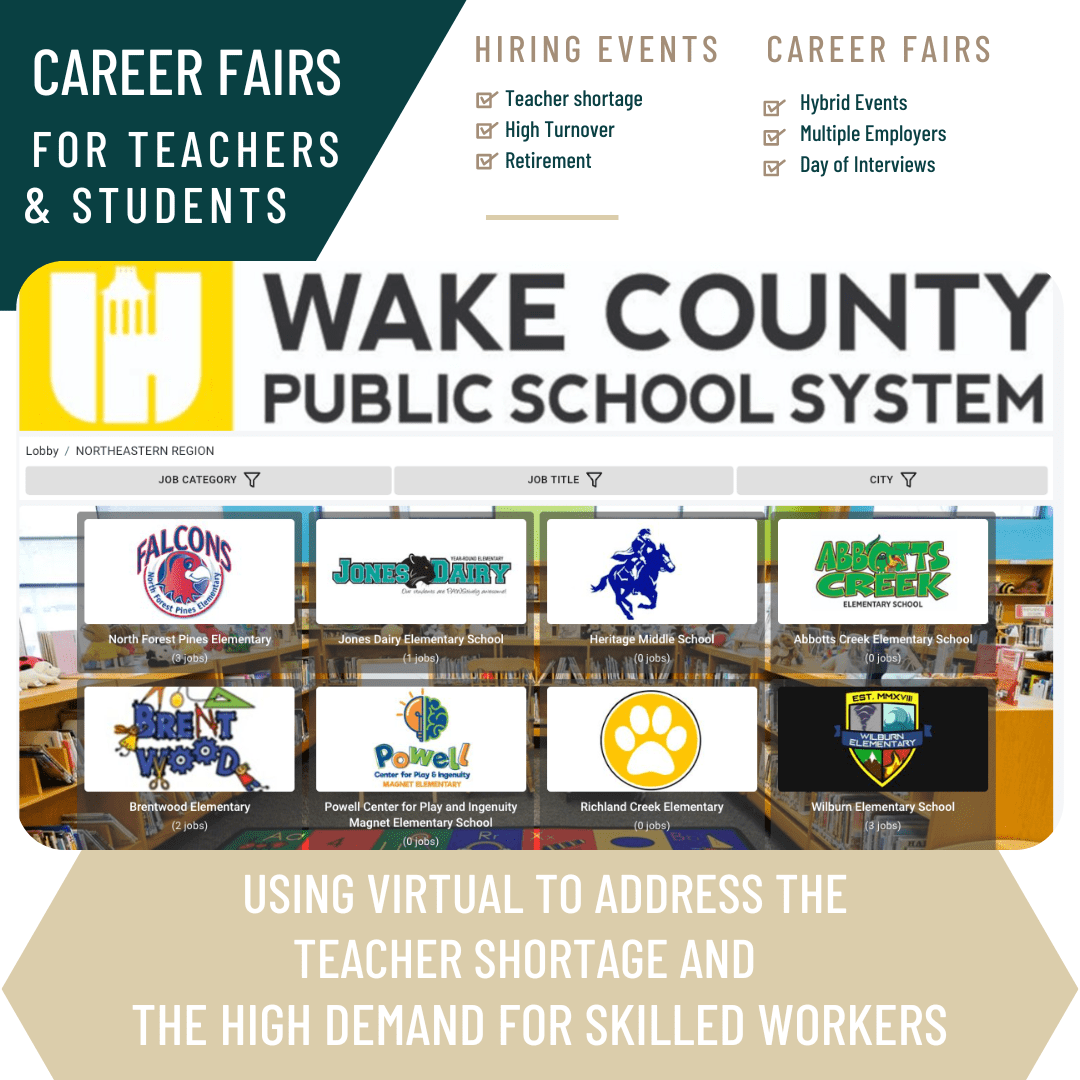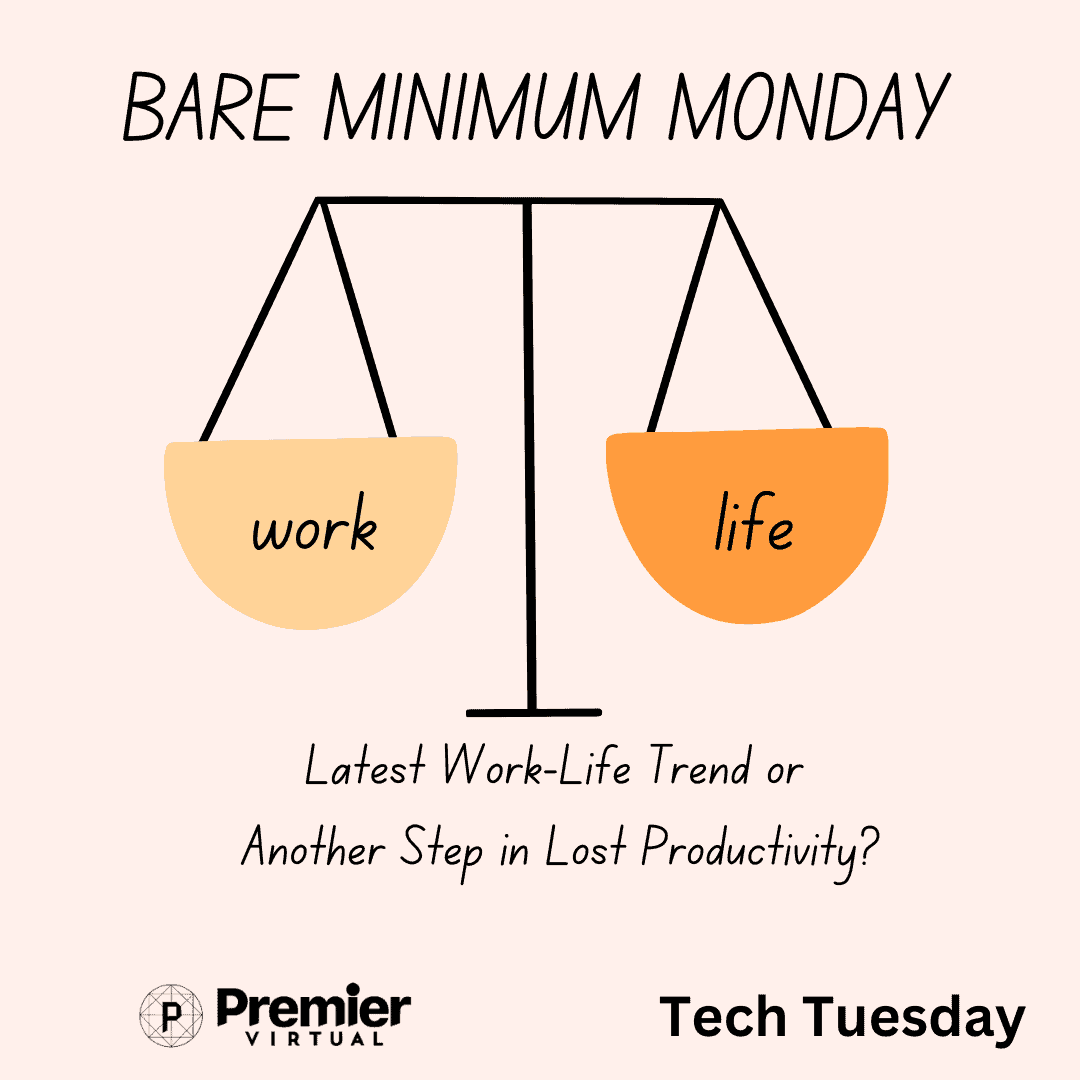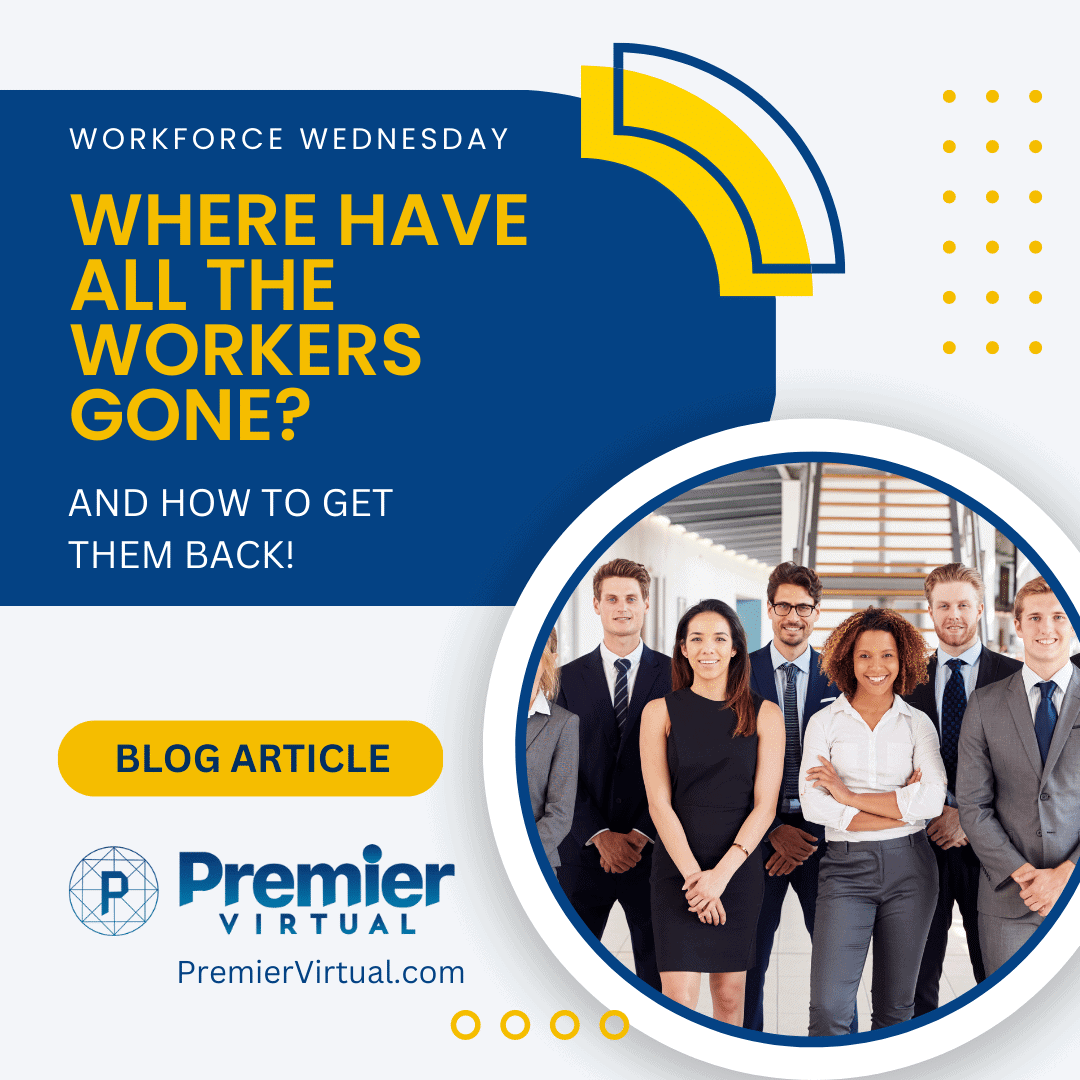A human resources department consist of many different aspects that manage the career path of employees. HR Tech is meant to improve processes and efficiency so that companies can hire the best employees, and to properly support them.
There are programs and platforms to manage all of the different that focus on
For 2023, future HR technology trends will likely focus on:
- HR strategic initiatives
- The hybrid work environment
- Employee wellness, safety, and support
- Cloud-based systems
- Data integration
- Hiring and retaining workers
- Enhanced decision-making
- Learning management
- Improving diversity in the workplace
Of these, the top 3 HR tech trends are:
- The hybrid work environment
- Employee wellness, safety and support
- Hiring and retaining workers
The Hybrid Work Environment
As the COVID-19 pandemic has transformed the way we work, many companies are embracing a hybrid work environment that combines remote and in-office work. As with many other technologies, Covid accelerated the rate of adoption, and now many companies have a fixed remote workforce or hybrid workforce in place. Offering these positions is often a competitive advantage for talent that prefers to work remotely. Here are some of the tactics that are benefiting from HR tech and updated policies.
- Flexible work arrangements: Many companies are offering employees the flexibility to choose where they work from. Some are providing the option to work from home full-time, while others are offering a mix of in-office and remote work.
- Technology infrastructure: Companies are investing in technology to enable remote work and collaboration. This includes cloud-based tools for file sharing and video conferencing, virtual private networks (VPNs) to ensure secure remote access to corporate resources, and other software tools to facilitate communication and collaboration.
- Reconfiguring office spaces: Companies are rethinking office spaces to create a more flexible work environment. This may include redesigning workstations to accommodate social distancing, creating collaborative spaces for team meetings, and providing a range of amenities to support a hybrid work culture.
- Employee engagement: Companies are focusing on employee engagement to ensure that remote workers feel connected to the company culture and remain productive. This may include regular virtual team meetings, virtual social events, and other initiatives to build team cohesion.
- Revising policies and procedures: Companies are revising policies and procedures to accommodate the needs of remote workers. This may include revising leave policies, redefining performance metrics, and creating guidelines for remote work to ensure compliance with legal and regulatory requirements.
Overall, companies are embracing hybrid work environments as a way to provide flexibility, promote productivity, and ensure the safety of employees during the ongoing COVID-19 pandemic.
Hiring and Retaining Workers
Ultimately the main role in HR is to hire the best possible employees to fit the companies goals and culture, and to find ways to support each individual. Several technologies are helping companies to hire and retain workers. Here are some examples:
1. Applicant Tracking Systems (ATS): An ATS is software that helps companies manage and streamline their recruitment process. It enables companies to track job applications, automate resume screening, and schedule interviews. This technology helps companies to hire more efficiently, saving time and money while also improving the candidate experience.
2. Virtual Hiring Event Platforms – A VHEP can significantly increase the number of applicants a company can meet by hosting virtual hiring events. These events allow applicants to attend online, increasing efficiency for both the job seeker and the hiring manager. The more advanced platforms like Premier Virtual offer a complete virtual recruitment suite that offers many more feature and benefits that can integrate with other HR tech tools.
3. Artificial Intelligence (AI): AI-powered hiring tools help companies to automate and optimize the recruitment process. For example, AI-powered chatbots can be used to answer candidates’ questions and provide information about job openings. AI can also analyze resumes, identify top candidates, and even conduct initial interviews, freeing up HR professionals to focus on other tasks.
4. Learning Management Systems (LMS): An LMS is software that enables companies to deliver and manage employee training programs. It can help companies to up-skill and re-skill, their employees, which is crucial for retaining talent in today’s rapidly changing business environment. By offering continuous learning opportunities, companies can improve employee engagement and job satisfaction.
5. Employee Engagement Platforms: These platforms help companies to measure and improve employee engagement. They provide tools for pulse surveys, feedback, recognition, and communication. By using these platforms, companies can identify areas where employee engagement is low and take steps to address the underlying issues.
6. Performance Management Software: This software helps companies to set and track employee performance goals, provide feedback, and evaluate employee performance. It can help to identify top performers and provide opportunities for career development, which is crucial for retaining talent.
Overall, these technologies are helping companies to hire and retain workers by streamlining recruitment processes, improving employee engagement, and offering opportunities for upskilling and career development.
Employee Wellness, Safety and Support
Companies are increasingly recognizing the importance of supporting the wellness of their employees. Many different HR tech platforms are being released that specifically address employee wellness. Here are some of the areas these platforms are focused on improving:
1. Mental Health Support: Companies are providing mental health support through employee assistance programs (EAPs), counseling services, and mental health resources. They are also training managers and HR professionals to identify signs of stress and provide support to employees.
2. Wellness Programs: Companies are offering wellness programs to promote physical health, such as gym memberships, nutrition counseling, and stress management programs. Some companies also offer programs to promote mental wellness, such as mindfulness meditation and yoga classes.
3. Flexible Work Arrangements: Companies are offering flexible work arrangements, such as remote work options and flexible work schedules, to help employees manage work-life balance and reduce stress.
4. Health Insurance: Companies are providing comprehensive health insurance plans that cover preventative care, mental health services, and chronic conditions. Some companies also offer wellness incentives, such as discounts on insurance premiums for participating in wellness programs.
5. Ergonomic Workspaces: Companies are providing ergonomic workspaces to reduce the risk of workplace injuries and improve employee comfort. This may include ergonomic chairs, adjustable desks, and proper lighting.
6. Employee Engagement: Companies are focusing on employee engagement to promote wellness. This may include team-building activities, social events, and other initiatives to build a sense of community and belonging.
Overall, companies are supporting the wellness of their employees by providing mental health support, wellness programs, flexible work arrangements, comprehensive health insurance, ergonomic workspaces, and employee engagement initiatives. By prioritizing employee wellness, companies can improve employee engagement, productivity, and overall job satisfaction.

